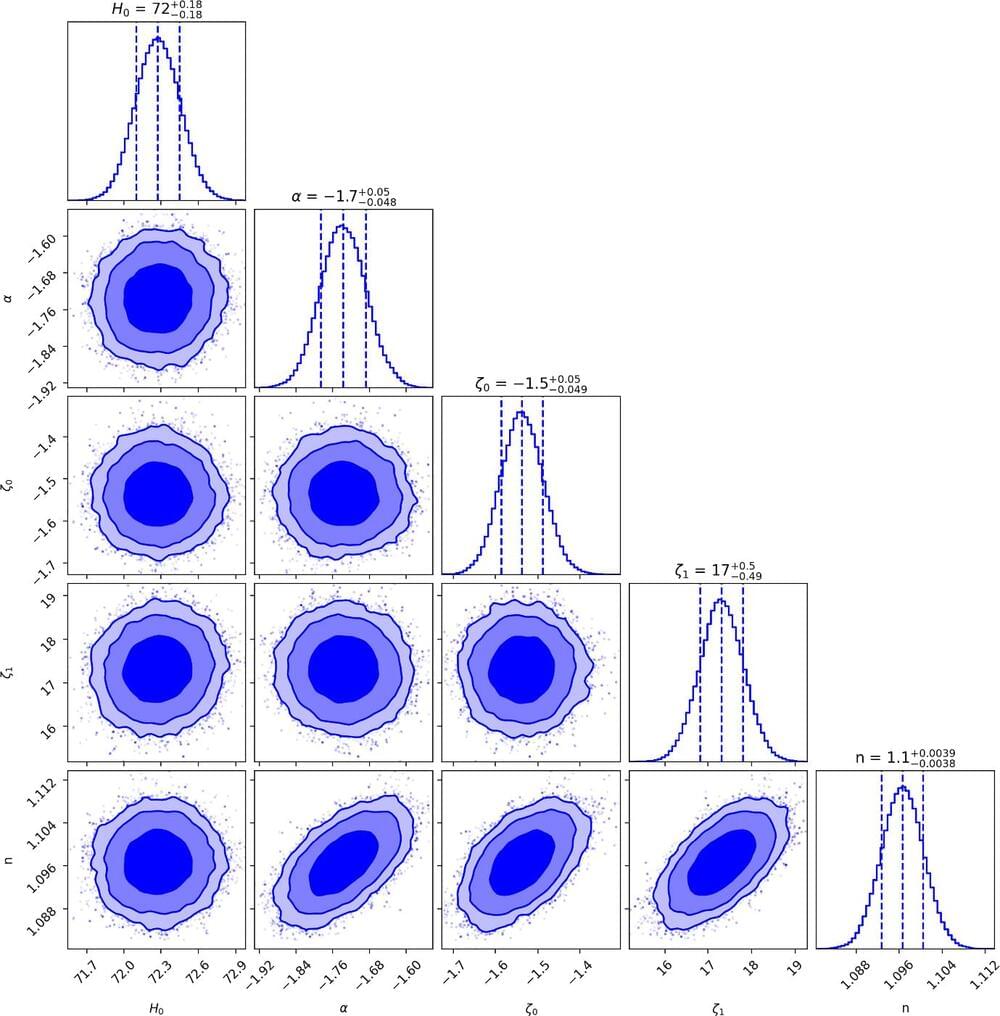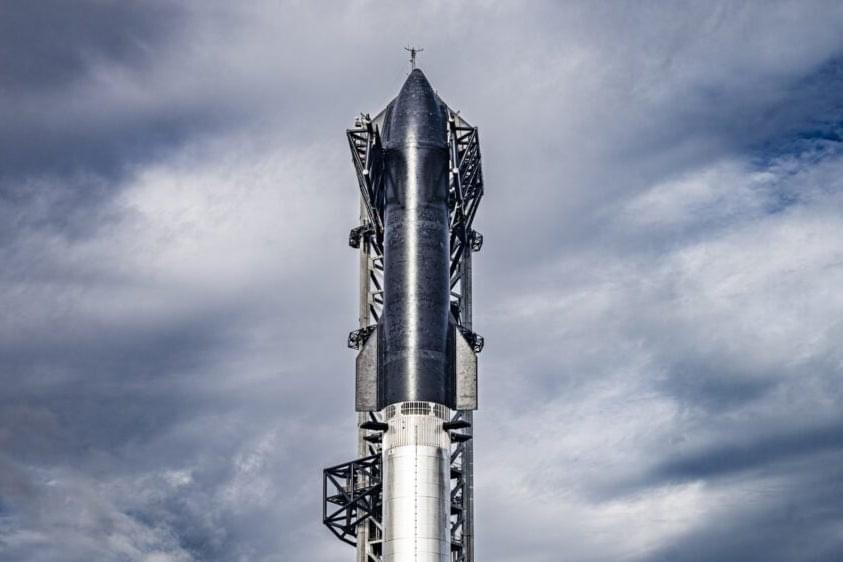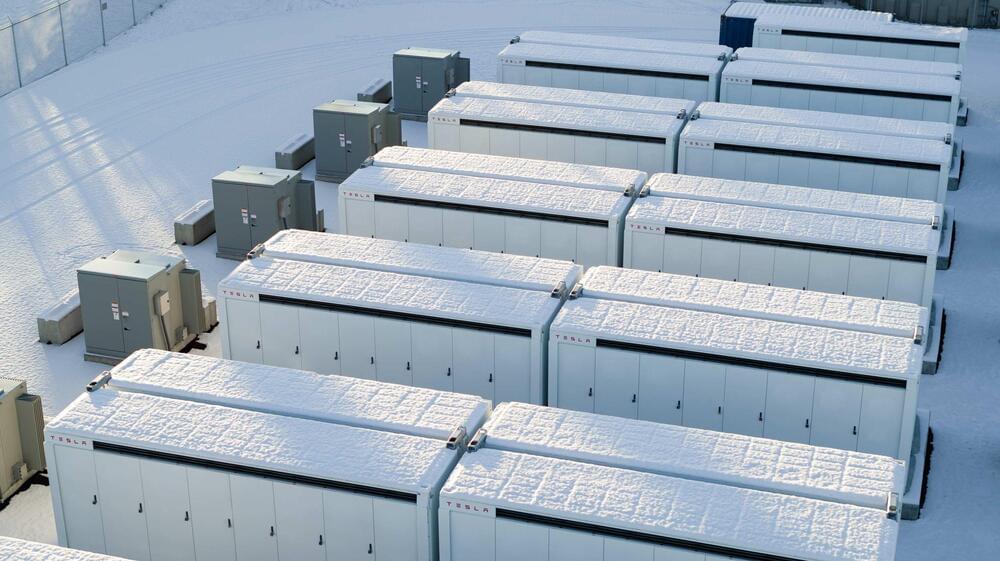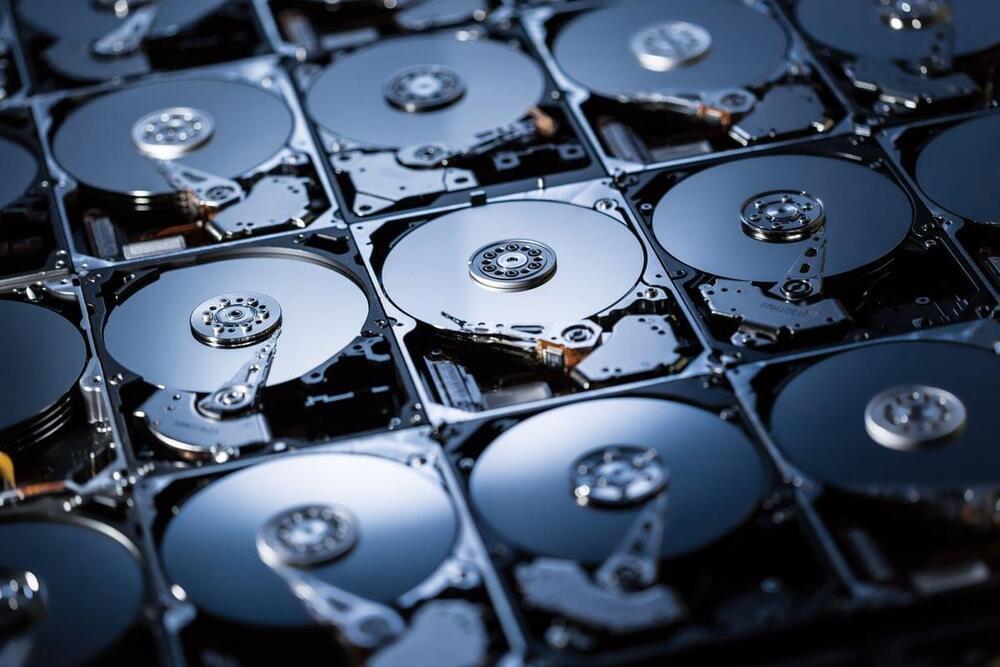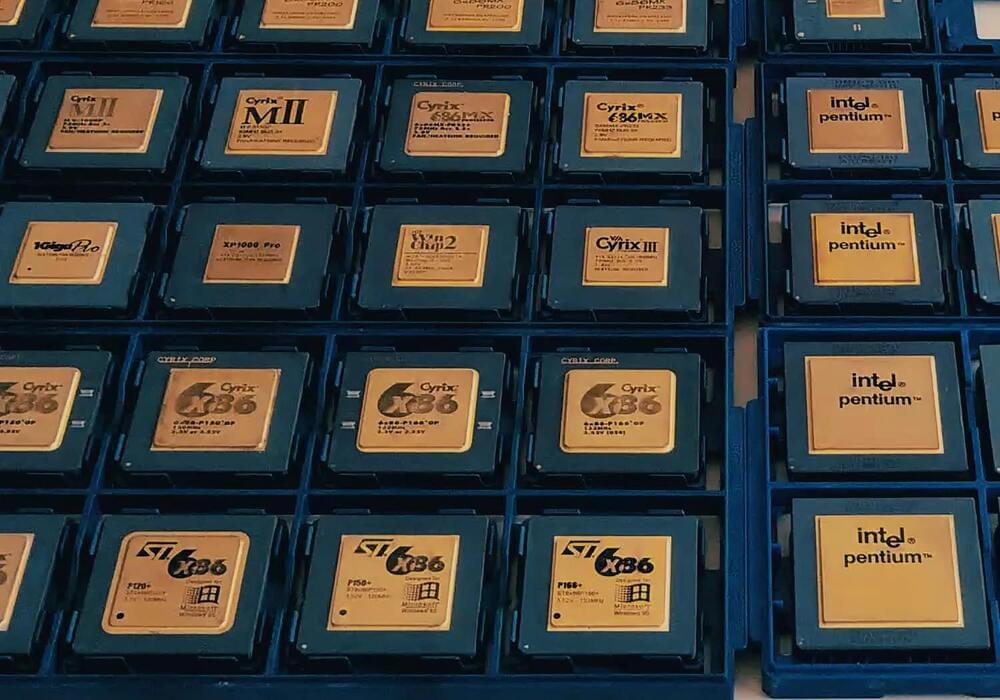In this study, we explore the accelerated expansion of the universe within the framework of modified f(Q) gravity. The investigation focus on the role of bulk viscosity in understanding the universe’s accelerated expansion. Specifically, a bulk viscous matter-dominated cosmological model is considered, with the bulk viscosity coefficient expressed as $$\zeta = \zeta _0 \rho H^{-1} + \zeta _1 H $$ ζ = ζ 0 ρ H — 1 + ζ 1 H. We consider the power law f(Q) function $$f(Q)=\alpha Q^n $$ f (Q ) = α Q n, where $$\alpha $$ α and n are arbitrary constants and derive the analytical solutions for the field equations corresponding to a flat FLRW metric. Subsequently, we used the combined Cosmic Chronometers (CC)+Pantheon+SH0ES sample to estimate the free parameters of the obtained analytic solution.
